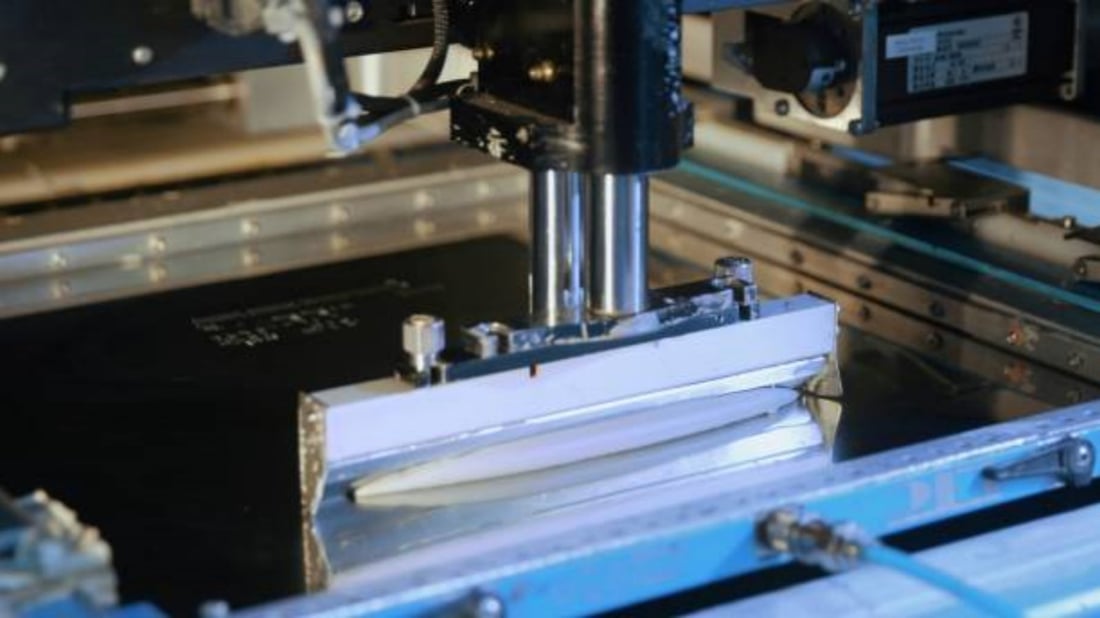The Art of Bending Sheet Metal with Precision
Bending sheet metal is a critical skill for various industries, including automotive, aircraft, and construction. It involves shaping and forming thin metal sheets into different angles or curves. However, precision and accuracy are crucial in sheet metal bending because even a slight error can cause costly mistakes and compromise the integrity of the final product. In this article, we'll explore the best techniques and tips for bending sheet metal accurately.
1. Understanding the Properties of Sheet Metal
The first step in bending sheet metal accurately is to understand its physical properties. Sheet metal varies in thickness, ductility, and hardness, depending on the metal type and composition. It's essential to determine the material's elastic and plastic limits to prevent overbending, which can cause cracks and deformities. A bending test can help identify the metal's maximum bending radius and the required tonnage of the bending machine.
2. Choosing the Right Bending Method
There are various methods for bending sheet metal, depending on the required angle, precision, and material thickness. The most common bending techniques are air bending, bottoming, and coining. Air bending involves bending the sheet metal by applying pressure on the top of the metal. Bottoming, on the other hand, involves pressing the metal against the bottom of the die to create a sharp bend. Lastly, coining is a precision bending method that involves compressing the sheet metal between two dies to produce a sharp and accurate bend.
3. Selecting the Right Bending Tool
Choosing the right tool is crucial for bending sheet metal accurately. The tool's size, shape, and material should match the metal's thickness and type. Depending on the bending method, the tool can be a V-die, U-die, or a multilayered punch-and-die set. The tool's radii should also match the desired bend radius to prevent overbending or underbending. The tool's clearance, or the space between the tool and the metal, should also be adjusted to ensure precise bending.
4. Preparing the Sheet Metal
Proper preparation of the sheet metal is essential for accurate bending. The metal should be cleaned from any dirt, oil, or debris that can affect the bending quality. The metal should also be straightened and smoothed to prevent wrinkles and cracks during bending. Using a lubricant can also reduce friction and prevent scratching or marring on the metal surface.
5. Positioning the Sheet Metal
The sheet metal's positioning on the bending machine is crucial for accurate bending. The metal should be aligned and clamped securely to prevent any movement or slippage during bending. The tool should also be centered on the metal to ensure symmetrical and consistent bends. The operator should also stand in an ergonomic position to have a clear view of the bending process and operate the machine comfortably.
6. Calculating the Bend Allowance
Bend allowance is the amount of extra material required for the bent metal to maintain its original length. The bend allowance depends on the metal type, thickness, bending angle, and the bending method. Calculating the bend allowance can help prevent errors and ensure accurate bending. The bend allowance can be calculated using mathematical formulas, bend tables, or bend deduction software.
7. Controlling the Bending Force
The bending force is the amount of pressure applied on the metal to create a bend. The bending force should be controlled to prevent overbending, underbending, or damage to the tool or the machine. The bending force depends on the metal thickness, the bending angle, and the tool's size and shape. A force monitoring system can help control the bending force and prevent errors.
8. Performing Test Bends
Before bending the final product, it's essential to perform test bends to ensure accuracy and quality. Test bends can identify any defects, such as cracks, wrinkles, or overbending. The test bends should be performed on the same machine, tool, and metal as the final product. The test bends can also help adjust the tool's radii and clearance for better accuracy.
9. Inspecting the Bends
Inspecting the bends is critical to ensure accuracy and quality. The bends should be visually inspected for any defects, such as cracks, wrinkles, or underbending. A measuring instrument, such as a caliper or a micrometer, can also be used to measure the bend angle and radius. The measured values should match the required values within a tolerance margin, which depends on the metal thickness and the bending method.
10. Documenting the Bending Process
Documenting the bending process is essential for quality control and future reference. A bending specification sheet can include the metal type, thickness, bending method, tool size, radii, clearance, bending force, and tolerances. The sheet can also include photos of the final product and the test bends. Proper documentation can help identify any issues and improve the bending process in the future.

